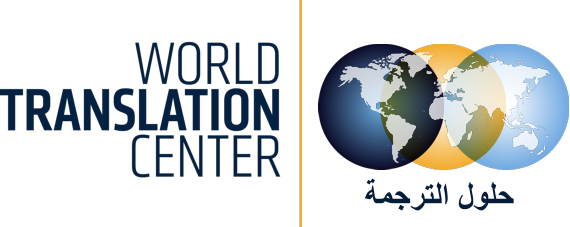إنّ "المركز العالمي للترجمة" (WORLD TRANSLATION CENTER) هو شركةٌ رائدةٌ في ترجمة اللغات وخدمات التسجيل الصوتي التي تعتمد على خبرات المحترفين المتعاقدين معها حول العالم.
Articles and Stories
The Evolution of the RAE Dictionary
The 23rd edition of the Dictionary of the Royal Spanish Academy (RAE) will be released on October 16th. It includes more than 195,000 definitions, including 19,000 Americanisms.
The last edition of the dictionary was published in 2001 and, since then, it has been updated 5 times. This time, the new version of the DRAE (Dictionary of the Royal Spanish Academy) comes with 93,111 articles.
Since its first edition, it has been 234 years of language evolution that has caused the DRAE to evolve side-by-side with it. Each edition shows differences with the previous one, in an effort to reflect the status quo of language use.
The first edition in the XIX century was published in 1803 and it included several scientific neologisms, as a testament of the need to communicate new information during the Industrial Revolution. Such is the case nowadays with technology related terms such as “wi-fi”, a word that couldn’t possibly exist in the past without the existence of the Internet.
The 12th edition from 1884 incorporated colloquialisms, slang and also etymologies. Likewise, Latin American authors and representatives of the new language academies arising in some countries after their independence (such as Venezuela and Colombia), were being consulted.
In 1992, the 21st edition suppressed adverbs ending in –mente (the equivalent of -ly in English) and added a list of prefixes and suffixes. The latter probably solved doubts related to the correct use of certain words derived from others. In English, for example, “uninterested” and “disinterested” are both correct, but the prefix will change its meaning slightly, a very relevant difference for writers and linguists alike, as they are not quite the same word.
The last edition in 2001 contains more than 88,000 entries and it includes Latin American Spanish variations. Certain words that are spelled the same, and sound the same, don’t have the same acceptations depending on the country where they are used. Likewise, certain Latin American countries also have different terms as a result of having a different contextual landscape to describe (not to mention the influence of the languages spoken by the American natives). This is an example of how the language itself evolves differently in each nation or region.
In order to have a record of the modern lexical evolution, the RAE has created a MAP of Dictionaries through which you can simultaneously consult on-line 6 different editions of the Dictionary: 1780, 1817, 1884, 1925, 1992 and 2001 (http://web.frl.es/ntllet/SrvltGUILoginNtlletPub) .With this tool, it is possible to look up words by graphic and phonetic variants among other things.
Who said knowing a language was easy? Being aware of dictionary updates, language evolution and localized usage is what sets a good linguist apart.







